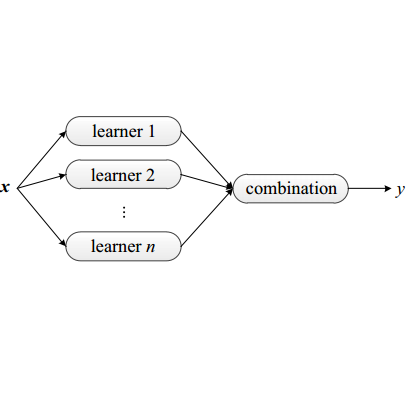Deep ensemble learning aims to improve the classification accuracy by training several neural networks and fusing their outputs. It has been widely shown to improve accuracy. At the same time, ensemble learning has also been proposed to mitigate privacy leakage in terms of membership inference (MI), where the goal of an attacker is to infer whether a particular data sample has been used to train a target model. In this paper, we show that these two goals of ensemble learning, namely improving accuracy and privacy, directly conflict with each other. Using a wide range of datasets and model architectures, we empirically demonstrate the trade-off between privacy and accuracy in deep ensemble learning. We find that ensembling can improve either privacy or accuracy, but not both simultaneously -- when ensembling improves the classification accuracy, the effectiveness of the MI attack also increases. We analyze various factors that contribute to such privacy leakage in ensembling such as prediction confidence and agreement between models that constitute the ensemble. Our evaluation of defenses against MI attacks, such as regularization and differential privacy, shows that they can mitigate the effectiveness of the MI attack but simultaneously degrade ensemble accuracy. The source code is available at https://github.com/shrezaei/MI-on-EL.
翻译:深合体学习的目的是通过培训若干神经网络,提高分类准确性,培训若干神经网络,并粉碎其输出结果,从而提高分类准确性。与此同时,还提议进行共同学习,以减少成员推论(MI)中的隐私泄漏,攻击者的目标是推断是否利用特定数据样本来培训一个目标模型。在本文中,我们表明,这两个共同学习的目标,即提高准确性和隐私,直接相互冲突。我们利用广泛的数据集和模型结构,在深合体学习中,从经验上表明隐私和准确性之间的权衡。我们发现,混合可以提高隐私或准确性,但不能同时同时同时进行 -- -- 当组合提高分类准确性、MI攻击的效力也随之提高。我们分析了造成这种隐私渗漏的各种因素,例如预测信心和构成共同体的模型之间的协议。我们评估了对MI攻击的防御,例如正规化和差异性隐私,表明它们可以降低现有MI攻击的准确性或精确性。




